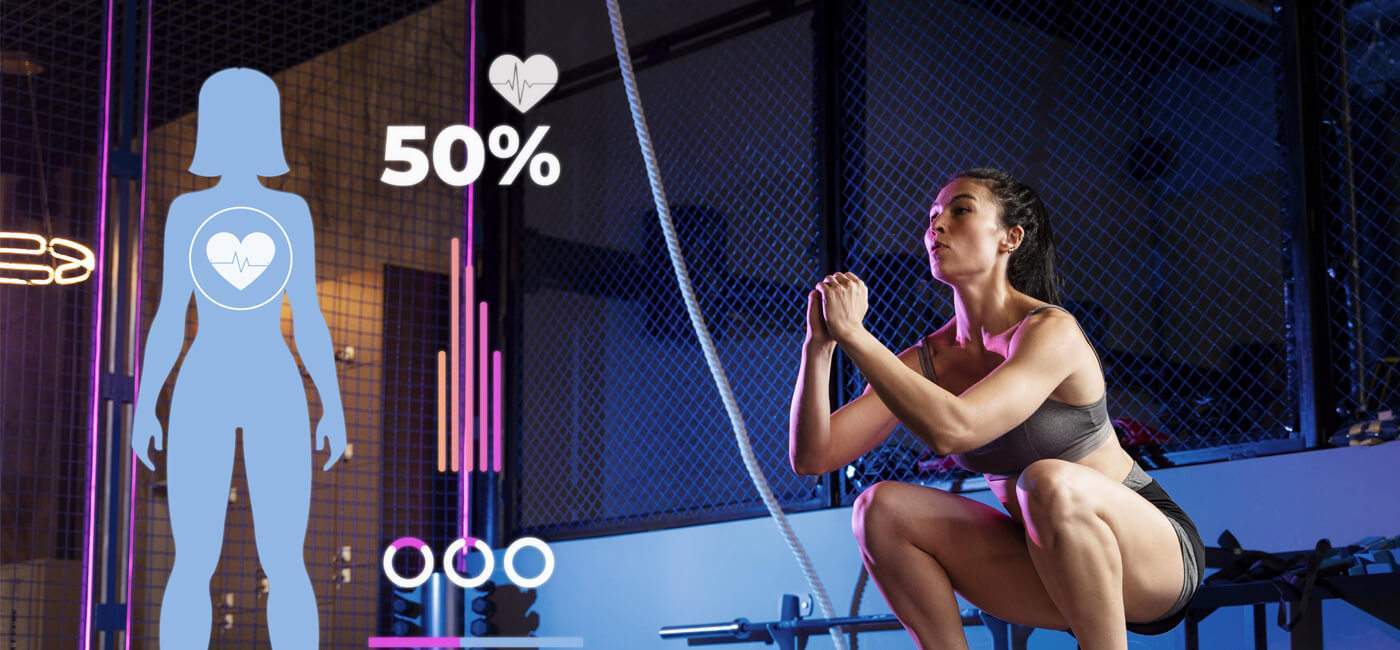Prakriti, an individual’s unique pattern of energy, is akin to fingerprints, with each person possessing a distinct combination of physical, mental, and emotional characteristics. This constitution is established at conception and remains consistent throughout one’s life. In Ayurveda, Prakriti analysis involves determining an individual’s body type through a specialized questionnaire. This questionnaire covers various aspects such as lifestyle, physical traits, physiological functions (like digestion and excretion), moods, and temperament. By carefully interpreting the responses, an expert Ayurvedic practitioner can accurately ascertain an individual’s body type. It’s recommended to provide detailed and honest answers to ensure an accurate analysis.
The different body types based on Prakriti include:
- Vata
- Pitta
- Kapha
- Vata-Pitta
- Kapha-Pitta
- Kapha-Vata
- Vata-Pitta- Kapha
In Ayurveda, the body’s constitution is determined by the balance of three energies called Doshas: Vata, Pitta, and Kapha.
- Vata: Governs movement and is responsible for bodily functions related to motion, such as breathing, circulation, and nerve impulses.
- Pitta: Governs digestion and metabolism, controlling processes like digestion, absorption, and temperature regulation.
- Kapha: Governs structure and lubrication, providing stability, moisture, and support to the body’s tissues and organs.
When these Doshas are in harmony, we experience good health. However, each person has a unique combination and proportion of Vata, Pitta, and Kapha, which determines their individual constitution and characteristics.
For instance, individuals with a dominant Vata constitution may tend to have a slender build and be more prone to variability and creativity. Those with a predominant Kapha constitution may have a sturdier frame and a calm, grounded demeanor. And those with a higher Pitta proportion may exhibit strong digestion, a sharp intellect, and a tendency towards warmth.
It’s essential to maintain the balance of one’s unique Dosha composition to promote overall well-being. Ayurveda emphasizes personalized approaches to diet, lifestyle, and remedies based on individual body types.
Understanding your Ayurvedic body type can guide you in selecting the right diet and lifestyle practices tailored to your specific needs. It offers insights into your innate tendencies, helping you comprehend your behaviours and preferences better. By aligning with your natural constitution, you can optimize your health and vitality.
Body Type Analysis, a fundamental aspect of Ayurveda, involves identifying an individual’s unique constitution based on the balance of three primary energies known as Doshas: Vata, Pitta, and Kapha.
- Vata: Governs movement and is associated with qualities such as lightness, creativity, and variability.
- Pitta: Governs digestion and metabolism, characterized by qualities like intensity, intelligence, and warmth.
- Kapha: Governs structure and stability, reflecting qualities such as heaviness, stability, and nurturing.
A person’s constitution is determined by their unique combination and proportion of these Doshas. Understanding one’s body type enables personalized approaches to diet, lifestyle, and remedies, promoting optimal health and well-being.
For example, individuals with a predominant Vata constitution may benefit from grounding practices and nourishing foods to balance their inherent lightness. Those with a dominant Pitta constitution might benefit from cooling activities and foods to maintain harmony in their digestion and temperament. Individuals with a predominant Kapha constitution may benefit from invigorating practices and stimulating foods to counterbalance their inherent heaviness and promote vitality.
By recognizing and honoring our unique body types, we can cultivate greater self-awareness, enhance our overall health, and live in harmony with our natural rhythms and tendencies.




